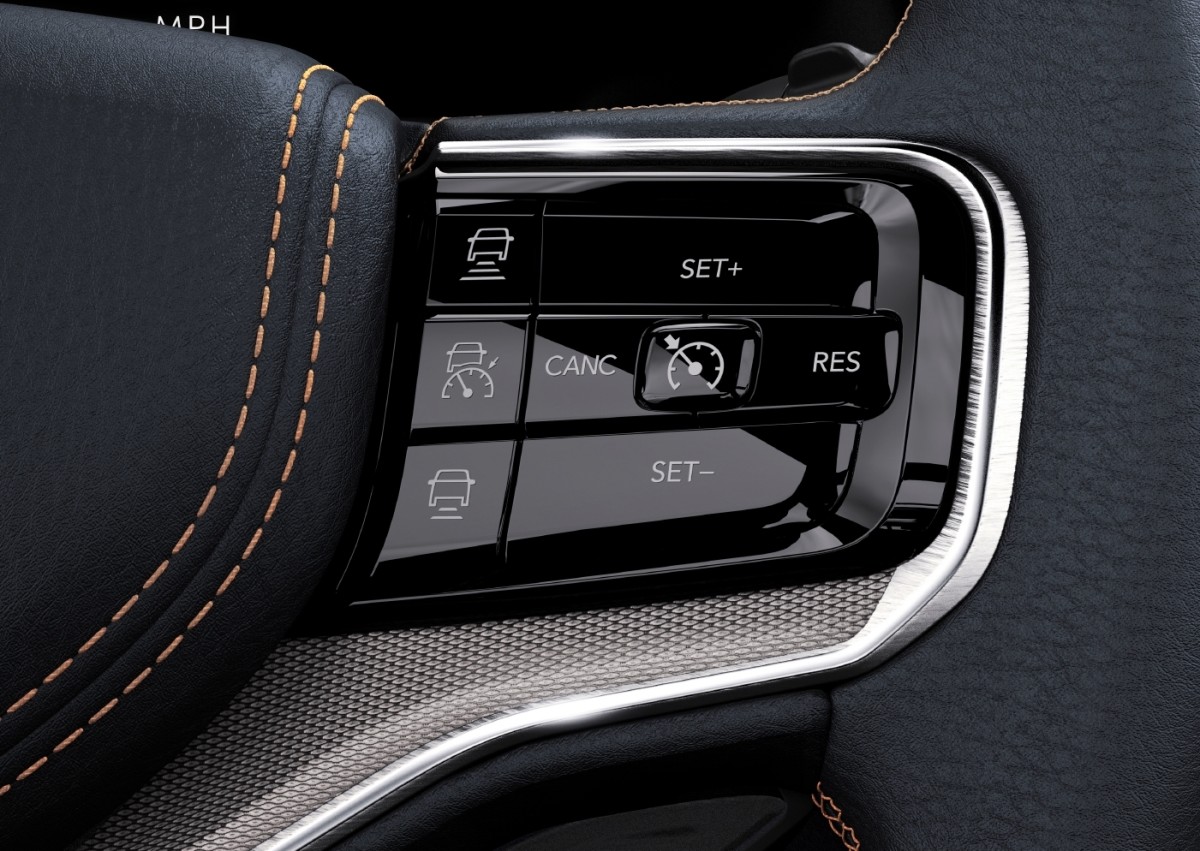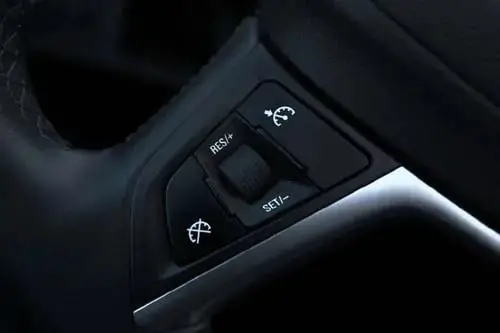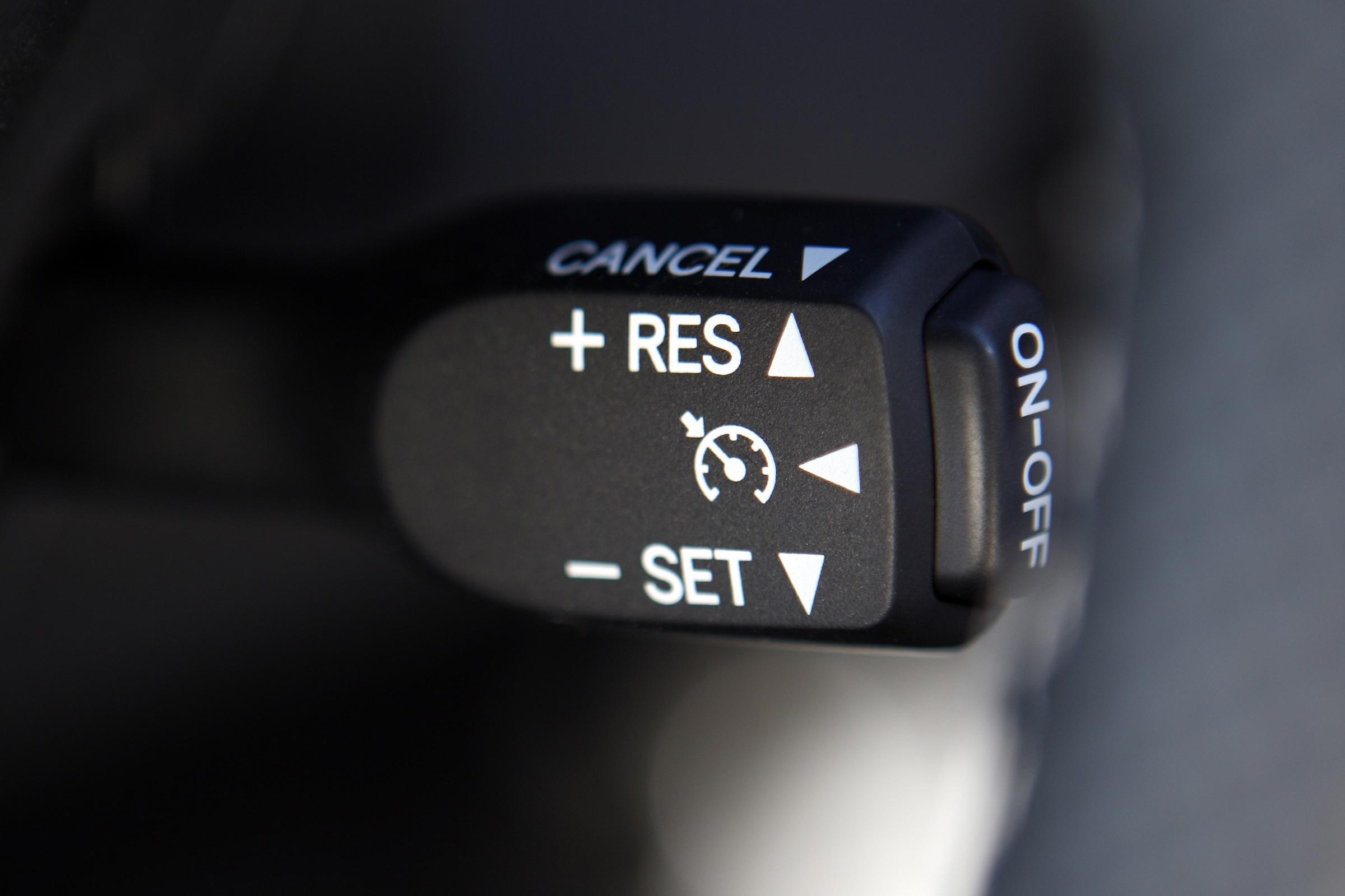Table Of Content

It’s an elegant symphony between the accelerator, throttle, and speed control, all to keep our ride smooth and consistent. Now that you know how handy a cruise control option can be, it’s time for us to dig deeper into its connection with fuel economy. It has to do with the power output from the engine and the RPM level that you tend to drive at. It will keep your car going at the same rev per minute (RPM) range without you having to keep your foot on the gas pedal. So, it’s a convenient feature for keeping optimal speed, and for improving fuel economy on top of it. To optimize fuel efficiency, it’s essential to regularly check and maintain the correct tire pressure.
Benefits of Using Cruise Control
Since cruise control only maintains constant speeds with no acceleration or deceleration, it is advisable that you turn off the feature when driving in these areas. Effectively using cruise control can enhance your driving experience and fuel efficiency. Cruise control is most beneficial when you can maintain a consistent speed without the need for frequent braking or acceleration.
Impact of the cruise feature on your gas mileage
Even the earliest gasoline-powered tractors had a hand throttle that allowed a farmer to set a constant speed while he was otherwise occupied looking over his shoulder at his cultivator. If you’re on a long road trip, you may turn on cruise control to keep from feeling tired or uncomfortable during the drive. VERIFY viewer Tracy reached out from the road to ask if cruise control can also help you save money on gas. When you use cruise control, you can set constant speeds that do not exceed the legal speed limit. After all, the cruise control of the vehicle uses the powertrain control module (PCM) to maintain constant designated speeds.
Is Cruise Control Bad For Your Car?
If the traffic then begins to speed up you can press the up button toaccelerate to the new, faster speed. In conclusion, cruise control can indeed contribute to fuel savings under appropriate conditions, leading to both economic benefits and a lesser environmental footprint. Remember, for maximum efficiency, use it wisely by considering the situation and switching off when it doesn’t align with optimal driving conditions.
What is Adaptive Cruise Control?
This helps to conserve fuel and maintain a more consistent speed throughout the journey. Remember, by considering factors like terrain, traffic conditions, and your driving habits, you can make a significant impact on your vehicle’s fuel efficiency. So, take a moment to assess these factors before hitting the road to ensure you’re getting the most out of every drop of fuel. With a cable, the driver could set a desired speed, and the car would maintain that constant speed, regardless of hills. A lever mounted to the steering column allowed drivers to set a speed and stick to it. But a hand throttle isn’t really cruise control, since it doesn’t adapt itself to changing loads.
Does Cruise Control Save Gas? Benefits, Tips, And Myths

For instance, a Natural Resources Canada study highlighted that using cruise control at a constant speed can consume significantly less fuel compared to varying speeds. These savings are often more noticeable on long highway drives without frequent stops or changing traffic conditions. However, the impact of cruise control on fuel consumption can vary depending on terrain, driving habits, and vehicle type.
When the car reaches the pre-set speed itwill then maintain it until you disengage again. While cruise control can be beneficial, there are some downsides and considerations to keep in mind. It’s important to remain attentive and prepared to disengage the cruise control system if unexpected situations arise on the road.
What About Adaptive Cruise Control Systems?
It’s those changes in momentum that waste fuel, because force equals mass times acceleration. Using cruise control is beneficial on mostly level ground, as well as on long, steady uphill or downhill grades. Based on research and scientific analysis, it can be concluded that using cruise control has the potential to save gas and improve fuel efficiency under ideal conditions. Consistent speed, optimized acceleration, and reduced speed fluctuations contribute to these fuel-saving benefits. However, it is essential to consider external factors such as terrain, traffic conditions, and weather, which can impact the effectiveness of cruise control.
Advanced Cruise Control Systems
Regular cruise (without driver intervention) would have you plowing into the back of the vehicle in front of you, but ACC adjusts accordingly. You can’t properly regulate the situational changes when you activate cruise. However, the exact amount can vary from vehicle to vehicle due to size, speed, and road conditions. Hills and changes in elevation during your trip will also have a big impact on your fuel economy. Because of these many other factors, you may or may not truly see the effects of cruise control on any particular trip. When old cruise control systems accelerated back up to the required speed when you pressed “resume,” they basically floored the gas until the car got back to the required speed.
Also, driving on busy city roads isn’t much better of an idea, since you need to control the throttle response in turns. On top of that, there are some cases where drivers report cruise control not working properly, so it’s also important for the system to be fully operational. It’s not exactly handy for busy town roads but comes in quite beneficial during highway driving. Cruise control lets you maintain your ride at a certain speed level without having to deal with the gas pedal.
Stepping on the pedals to accelerate or decelerate may sound like a simple activity; even so, this action wears you down and may even cause you to feel fatigued, especially when driving long distances. Remember that cruise control reduces the actions you need to take by eliminating the need to constantly step on the pedal. This is a situation that may make you even more sleepy and less alert, increasing the risk of an accident. Furthermore, it is not advisable to use cruise control when driving on slippery roads, such as those caused by snow and rain. You are not recommended to use cruise control when driving up and down hills that incline sharply or change perpetually, such as highways that pass across rolling hills.
As you shift through the gears, the difference in power output and torque requires more fuel for combustion needed to accelerate. So, you can even reduce wear and tear on your engine components by making use of this convenient driving feature. Cruise control was a big deal in the automotive industry back in the day, as it made the first step towards autonomous driving. Well, at least it does so with the latest forms of adaptive cruise control, but you can enjoy the benefits of standard cruise control in your everyday driving. One is much more capable of mounting such a response in a timely manner, if their foot is near a vehicle’s brake pedal at all times.
Keep Gas Costs Down With One Simple Move That Saves You Upwards of 25% - Yahoo Finance
Keep Gas Costs Down With One Simple Move That Saves You Upwards of 25%.
Posted: Tue, 17 Oct 2023 07:00:00 GMT [source]
Auto stop-start, cylinder deactivation, fuel injection, and electronic ignition all work together to provide a measurable increase in fuel efficiency. Most of us accelerate fast, even exceeding the speed limit without realizing it. And if the police would pull you over due to speeding, you might end up paying high penalty fees at the very least.

If you’re stuck in traffic and forced to stop for longer than a minute or 2, it is recommended to turn off your engine instead. Most of the time, if the driver wants to disengage cruisecontrol they simply press the brake pedal, although they could press thedisengage button if they preferred. It’s likely you’ll want to disengage thesystem quickly in most cases, so the brake pedal is going to be the favorite option. Justgetting a vehicle weighing several thousand pounds up to speed requires theengine to do a lot of work, and then we ask it to do even more.
By contrast, Adaptive Cruise Control has the ability to allow the cars computer to adjust speed based on the traffic patterns around you. It’s best to use cruise control when driving on long empty roads, such as a highway or an interstate. Long, flat country roads that are free from traffic congestion are also ideal for cruise control.


No comments:
Post a Comment